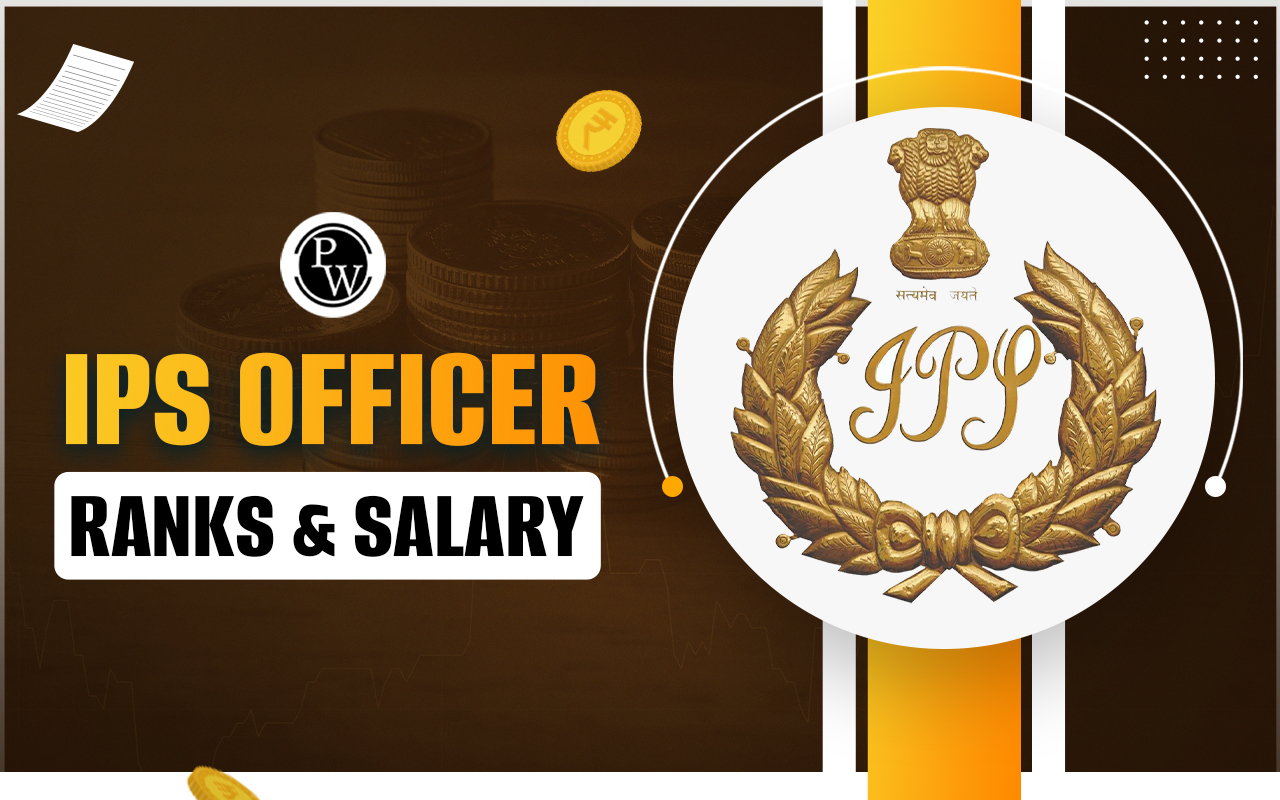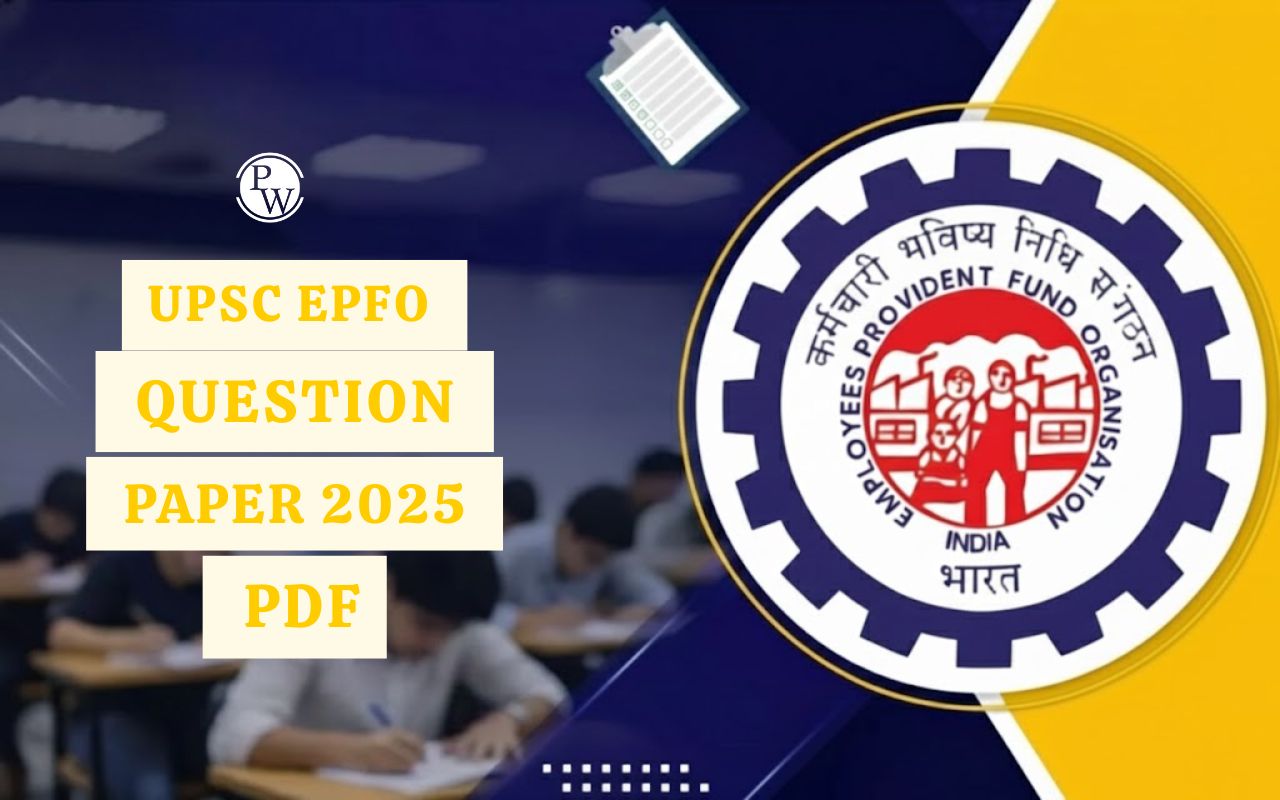
Poligar Revolt, also known as the Palayakkarar Rebellion or Poligar Wars, was a series of uprisings between 1799 and 1805 against the British. It was caused by British expansionism and attempts to collect revenue directly from the peasants, bypassing traditional rulers. Despite being crushed, the Poligar Revolt is considered one of the earliest organized armed resistances against British colonialism.
What Was the Poligar Revolt?
The Poligar Revolt was one of the earliest uprisings against British rule in India. It occurred in the southern region of Tamil Nadu during the late 18th and early 19th centuries. The revolt was led by local chieftains known as Poligars (also spelled Palaiyakkarars). These chieftains resisted British efforts to impose control over their territories and revenue.
The Poligars held semi-independent status under earlier South Indian kingdoms. When the British East India Company began asserting direct authority, the Poligars viewed it as a threat to their freedom, revenue, and tradition. Their rebellion laid the foundation for future resistance movements in India.
History of Poligar Revolt
The Poligar Revolt dates back to the 18th century, around 1799. The term Poligar refers to military governors appointed during the Vijayanagara Empire. After the fall of Vijayanagara, these chieftains became powerful in their regions, especially in Tirunelveli, Ramanathapuram, and Madurai. The revolt can be divided into two major phases:
-
First Phase (1799–1801): Led by Veerapandiya Kattabomman of Panchalankurichi, this phase saw armed resistance against revenue demands and British authority.
-
Second Phase (1801-1805): Known as the Second Poligar War, this phase was more organised. It included multiple Poligar leaders and resulted in a widespread uprising.
|
Do You Know? There was a later Poligar Revolt in the Rayalaseema area of Andhra Pradesh during 1846–47 under the leadership of Uyyalawada Narasimha Reddy. It was fueled by the Ryotwari system and was eventually suppressed by British forces. |
The British, under Governor Lord Wellesley, viewed the Poligars as threats. They launched military campaigns to disband them and take direct control of their lands.
Poligar Revolt Reasons
There were multiple reasons behind the Poligar Revolt, mostly rooted in economic and political control:
-
Loss of Autonomy: The British wanted to eliminate the semi-independent status of Poligars. This led to direct confrontations.
-
Revenue Pressure: The East India Company increased land revenue collection. Many Poligars, like Kattabomman, refused to pay high taxes.
-
Disrespect of Traditional Rights: British policies ignored local customs and governance systems, making the Poligars feel disrespected and marginalised.
-
Exploitation of Local Resources: The British used local resources without benefiting the region, leading to resentment.
-
Unfair Treaties: Treaties like the Treaty of 1792 forced the Poligars to surrender their powers, which they strongly opposed.
-
Military Disbanding: The British tried to disband the military forces of the Poligars, which was seen as a direct attack on their strength.
Poligar Revolt Leaders
The Poligar Revolt was led by several brave leaders who rose to defend their land, dignity, and independence. Some of the notable names include:
Veerapandiya Kattabomman
He was the most prominent face of the revolt. As the chieftain of Panchalankurichi, he refused to pay taxes to the British. His open defiance and military resistance made him a symbol of Tamil pride. He was eventually captured and hanged in 1799.
Maruthu Pandiyar Brothers
The Maruthu brothers, Periya Maruthu and Chinna Maruthu, ruled Sivaganga and played a major role in organising the second phase of the revolt. They even issued a proclamation of Indian independence in 1801, much before the 1857 revolt.
Dheeran Chinnamalai
A freedom fighter from Kongu Nadu, he allied with Tipu Sultan and resisted the British in western Tamil Nadu.
These leaders united local forces, tribal communities, and farmers. Their efforts inspired other parts of India to take up arms against the British later on.
Outcome of Poligar Revolt
The Poligar Revolt was eventually suppressed by the British through military campaigns and strategic diplomacy. The East India Company deployed heavy artillery, better-trained soldiers, and political manipulation to win the war. The consequences were:
-
Kattabomman was executed in 1799, and his fort was destroyed.
-
The Maruthu Pandiyar brothers were also executed in 1801.
-
Several forts were seized, and many Poligar families were displaced.
-
The Company introduced the Zamindari system, which replaced the Poligar rule with landlord-based revenue collection.
Despite the failure, the revolt sowed seeds of nationalism. The British learned that Indian rulers would not surrender easily and that uprisings could happen anytime.
Impact of Poligar Revolt
The impact of the Poligar Revolt was felt both in the short and long term. Although it failed militarily, it inspired future resistance movements in India. In the short term:
-
The British gained tighter control over southern Tamil Nadu.
-
The traditional Palaiyakkarar system was dismantled.
-
The Carnatic Treaty was signed in 1801 between the Nawab of Arcot and the East India Company.
-
The Zamindari system was established to centralise revenue.
However, in the long term:
-
The revolt inspired a spirit of defiance among people in Tamil Nadu.
-
It laid the groundwork for anti-colonial unity among different regions and castes.
-
Cultural icons like Kattabomman became symbols of resistance, inspiring literature, cinema, and folk tales.
-
The proclamation by the Maruthu brothers in 1801 is seen as India’s first call for independence.
In essence, the Poligar Revolt emerged as a powerful early resistance against British colonial rule. It showed the strength of people who refused to bow down and laid the foundation for India's long fight for independence.
Explore more about India’s freedom struggle. Join PW UPSC Courses today and strengthen your UPSC preparation!
Poligar Revolt FAQs
What is the Poligar Revolt?
Who introduced the Poligar system?
Who led the Poligar Revolt?
Poligar Revolt in which state?
What were the main reasons for the Poligar Revolt?

UPSC Coaching









